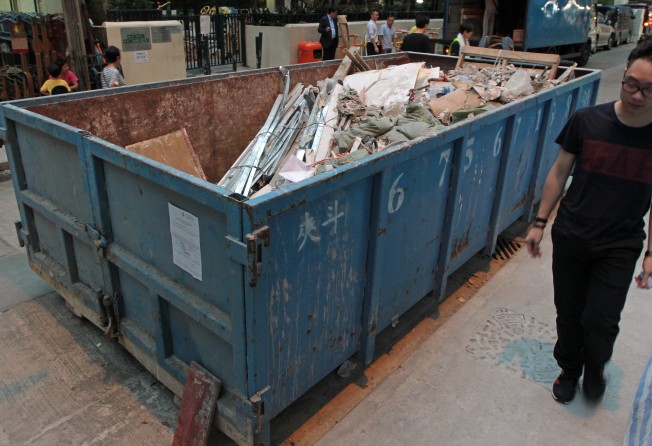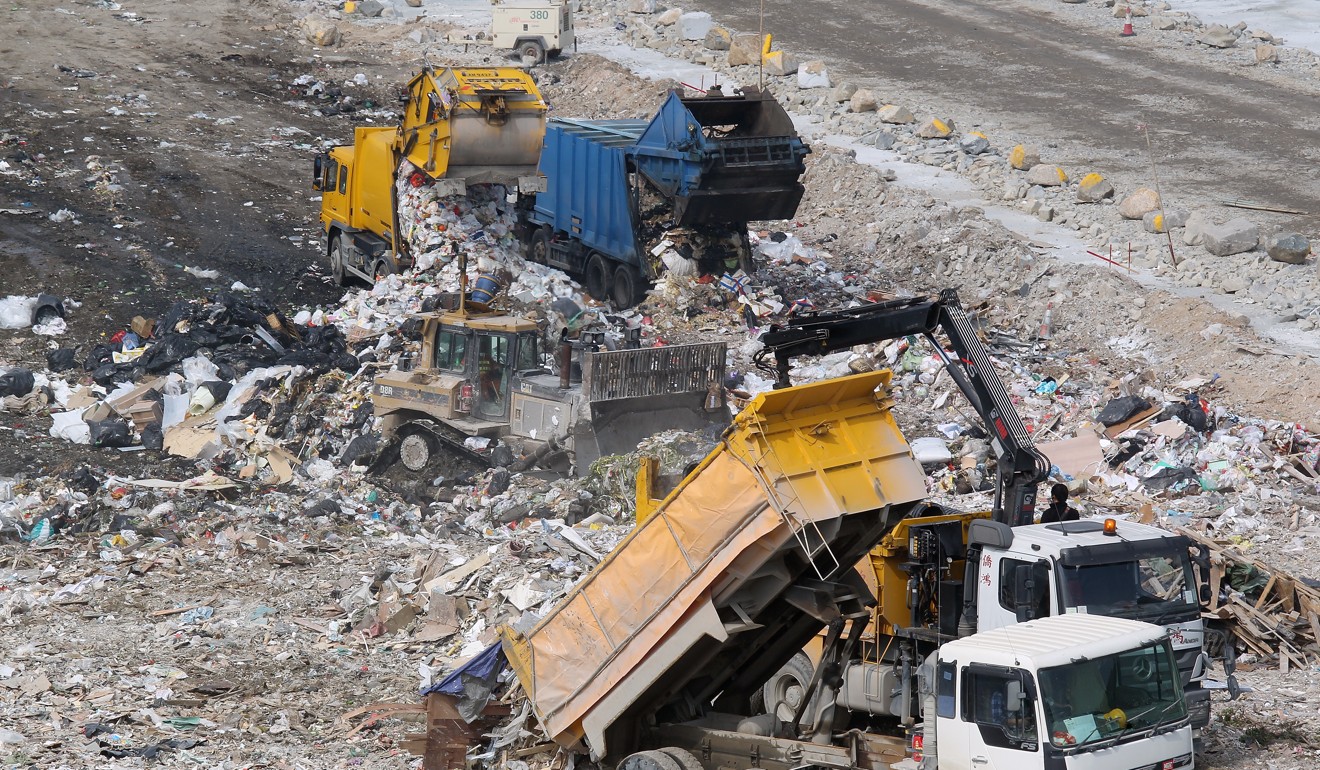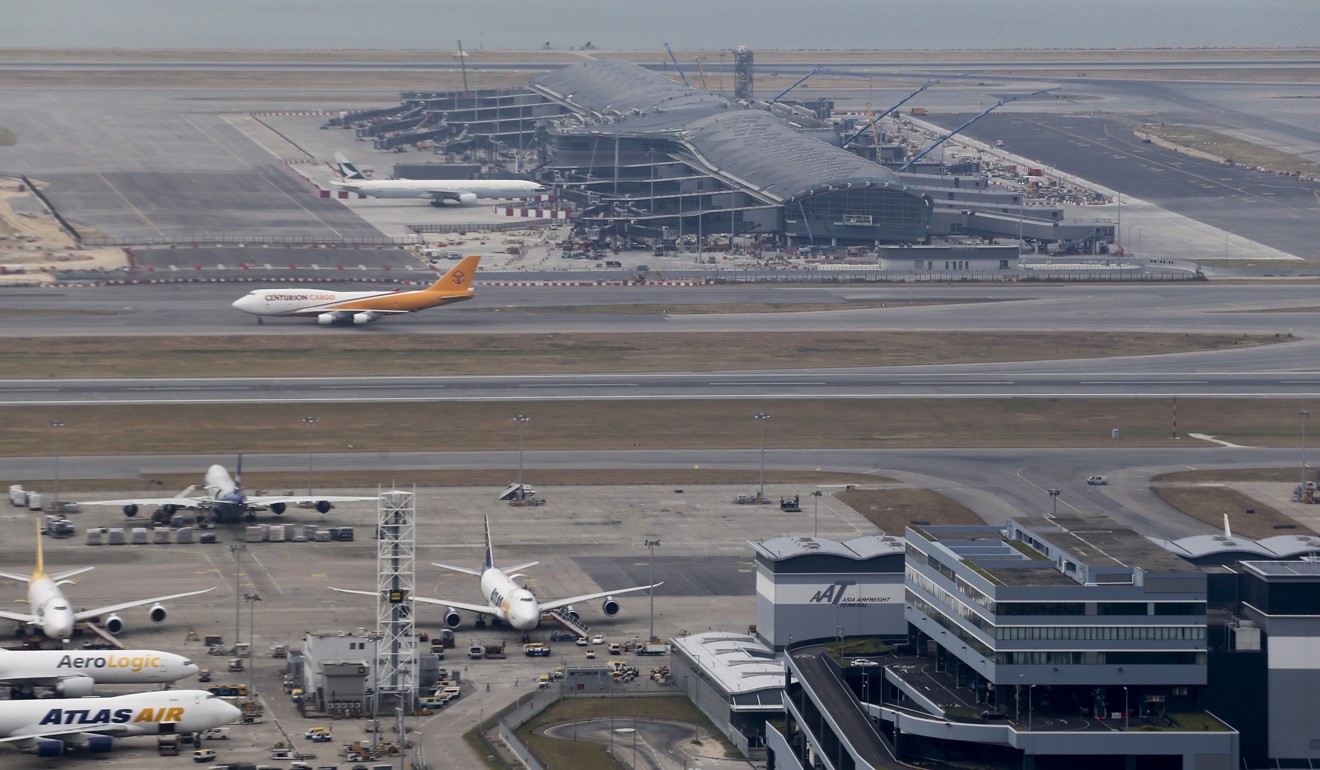
Hong Kong exported more construction waste to mainland China than it sent to city’s own facilities in 2017
About 13.5 million tonnes of inert construction and demolition waste, or public fill, shipped across border to Taishan, Guangdong province, last year

Hong Kong exported more construction waste to mainland China last year than it sent to the city’s own overflowing facilities, according to government statistics.
About 13.5 million tonnes of inert construction and demolition waste, or public fill, was shipped across the border to Taishan, Guangdong province in 2017, a near 40 per cent increase from the 9.8 million tonnes in 2013 and the first time in the past five years the amount exceeded that sent to the city’s own facilities.
Some 13.3 million tonnes went to local public fill reception facilities in Tseung Kwan O, Tuen Mun, Chai Wan and Mui Wo.
“As local reuse cannot absorb all of the public fill generated in Hong Kong in recent years, the government has been delivering surplus public fill to Taishan for disposal since 2007,” environment minister Wong Kam-sing said in a reply to a question by lawmaker Gary Chan Hak-kan.

Hong Kong delivered 73.6 million tonnes of surplus public fill to Taishan up to 2014, helping create some 570 hectares of new land.
But in his query, Chan expressed concern over how the government would deal with the mainland construction industry’s declining demand for fill material in recent years and how it would cope if authorities across the border decided to halt imports. The mainland has been tightening regulations on “foreign waste” imports since the beginning of last year, slapping bans on 24 different types including household plastic, unsorted paper, textiles and slag.
In response, Wong said the government had been closely liaising with mainland authorities to ensure the smooth operation of fill deliveries. “In addition, the government has put in place suitable measures to encourage and help the construction industry to reduce and reuse [construction waste] materials as far as possible,” he added.

Dr Wilson Lu Weisheng of the University of Hong Kong’s real estate and construction department said Hong Kong was lucky to be able to export such a large portion of construction waste, but that luck would not last forever.
“If China stops the importing, Hong Kong has to find land reclamation sites or enough public fill banks to digest the public fill,” he said.
Because of the sensitivities regarding land reclamation, he said, the government should think of turning abandoned valleys into public fills. “It will change the landscape but the damage to the environment is not as severe as what a landfill could cause,” he said.
Wong said the government would encourage suitable projects to absorb more local public fill for reclamation such as the airport’s third runway project and the Tung Chung new town extension.

About 93 per cent of construction waste in Hong Kong is inert – sand, bricks and concrete – and is used for reclamation, most of which is stored at fill reception facilities or transferred to works for reuse.
The reuse rate of inert materials has remained above 90 per cent in recent years.
The rest of the waste is non-inert – bamboo, plastics, glass, wood, paper, vegetation and other organic materials – and sent to landfills.
Near-shore reclamation outside Victoria Harbour is one of 18 options being floated by a government-appointed task force to tackle Hong Kong’s land shortage.